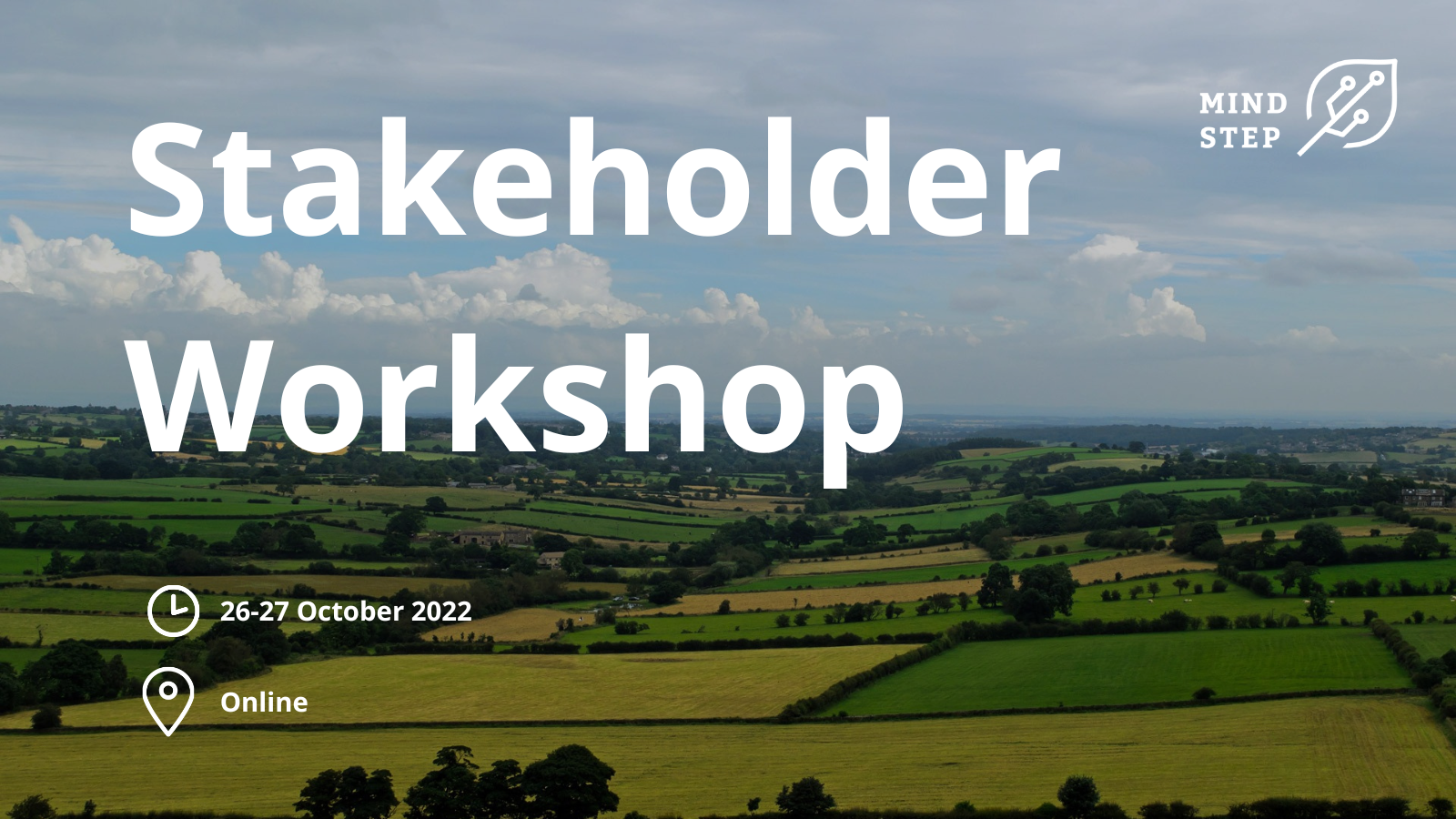Over the last three years, MIND STEP partners have developed a toolbox of data and models for analysing EU agricultural and environmental policy. The purpose of this workshop was to present the first results, and the MIND STEP consortium wanted to hear the experience and insights of key experts in the modelling and agriculture sector within the project's stakeholder group to improve the MIND STEP simulation activities further.
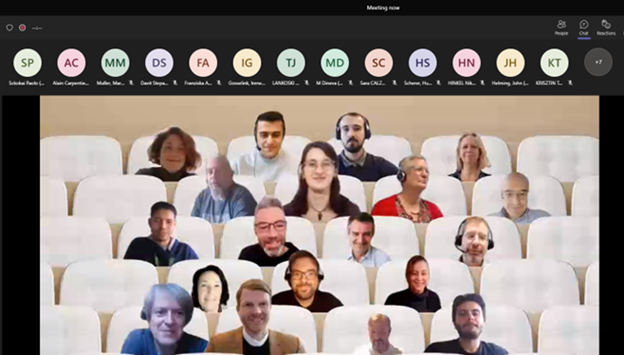
The 3rd MIND STEP stakeholder workshop was held entirely online on the premises of Stichting Wageningen Research on 26-27 October 2022.It reunited 29 stakeholders, including project partners (the modeling team). Various representatives of the European Commission (DG-AGRI, DG-CLIMA) attended, as well as representatives from the as well as representatives from the Ministry of Agriculture of Bulgaria (1),Ministry of Agriculture of the Netherlands, ETH Zurich, JRC of the European Commission, Solidaridad Southern Africa, OECD, Institute of Agricultural Economics in Hungary (AKI), Helmholtz Centre for Environmental Research– UFZ, CEEweb for Biodiversity, Aristotle University of Thessaloniki, and University of Parma and sister projects (AGRICORE).
The MIND STEP project coordinator welcomed everybody and chaired the first session, giving an overview of the policy background and the MIND STEP approach to simulate policy. At the first day this was followed by representatives of IIASA and the corresponding modeling team, presenting the topic of nitrogen reduction targets in agriculture at the farm and sector level. On the second day impacts of GHG emissions reductions and adoption of GHG mitigation measures on the farm and sector level were presented by WR and different modeling team representatives.
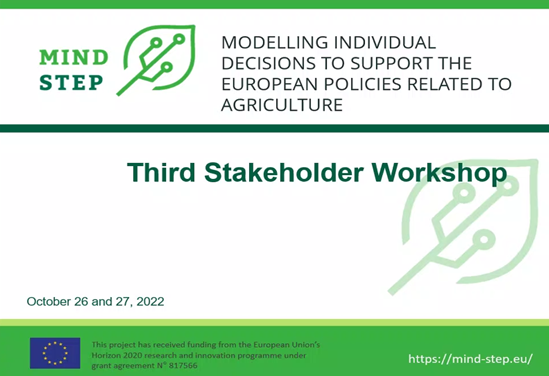
Participants split into three breakout groups during both days focused on: a. Scenario assumptions and results, b. Management & technology, and c. Policy design. On DAY 1, Group a (scenario assumptions and results), discussed the fixed input and output prices in the farm models FarmDyn and IFM-CAP. This can be improved in the final model applications using price changes from the market models in the MIND STEP model toolbox. Also for the final results the number of options available to farmers to reduce N input from mineral fertilizers needs attention. Regarding the scenario results, again the number of options to the farmers were mentioned. It was suggested to also focus on farm size e.g. in the farm level model FarmDyn. Model collaboration is key and planned. For example, implementation of farm level analysis in the market model GLOBIOM. How well can farm level insights be extrapolated to EU as a whole?
On DAY 2 the discussions on GHG mitigation reduction scenarios, the Group a discussions focused on including other farm types, such as the beef sector and again on the farm management measures to reduce GHG emissions. Also, development of energy prices, energy prices relative to food prices and correlation between energy prices and fertilizer prices are key and very uncertain. At least 2 years of high energy prices are to be expected. Are there renewable energy options on-farms in the models? Carbon tax in all regions (globally) seems unreasonable. Potentially: allow for base emissions and then tax excess emissions. Regarding structural change in livestock farms, it was mentioned that farm structure not represented, just sectoral view with various management systems.
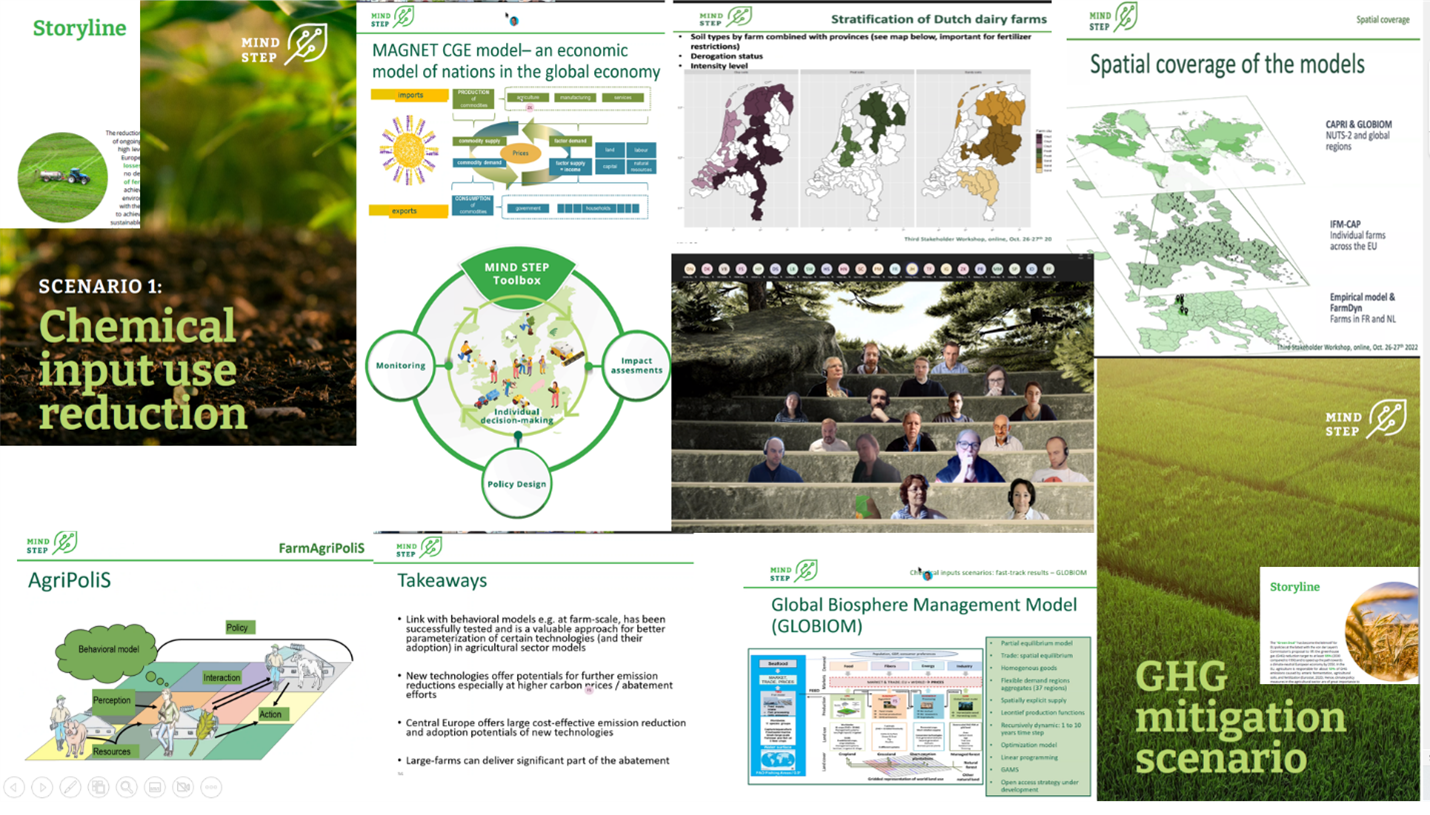
On Day 1, the Group B (management and technology) discussions centered on a joint assessment with stakeholders about Nitrogen input use technologies/farm management measures; discussion on barriers to the widespread adoption of mitigation technologies. The discussion mostly was about data. For example the CAPRI agricultural sector model uses the GAINS database for modelling mitigation technologies. There are however two problems with this a) some of the data are quite outdated and b) very often the data are available for only one specific region of MS and it is assumed that the same data is true for all other EU regions. Mitigation technologies operate at the management level, they are more detailed than our models. Models like Farmdyn are maybe more appropriate for modelling mitigation technologies but they can’t scale up the results. Uptake should not be overlooked and uncertainties should be addressed by stochastic modelling.
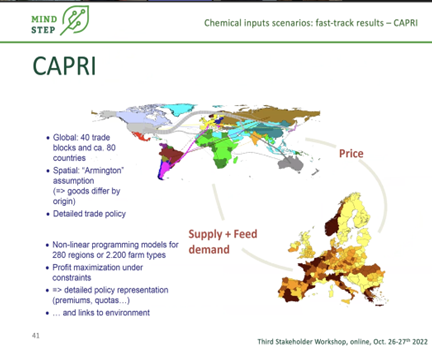
On Day 2, the Group B (management and technology) discussions centered on a joint assessment with stakeholders about GHG emission reduction. The main conclusions were that already an impressive set of mitigation options are considered. Adoption of measures is however key and this is difficult to model. Trade-offs between different environmental issues should be taken into account. Again the issue of energy and energy savings was discussed and would deserve more focus. The same accounts for the interaction between farm management measures. Extending lactation e.g. by breeding can be an important option. Bovaer is a high potential mitigation option as well breeding cows with lower CH4 emission factors.
On Day 1, breakout group C (Policy design), chaired by UCSC and INRAE, MIND STEP partners, discussed policy measures to reduce N input from mineral fertiliser. It was discussed that Farmers’ emission (marginal) abatement costs and pollutions’ (marginal) damages are heterogeneous, thereby calling for differentiated tax rates for regulating pollution emissions efficiently. The more tailored the instrument, the higher its implementation cost (due to monitoring and transaction costs). More generally, the implementation costs of policies, which greatly vary across instruments, deserve more attention. For instance, uniform taxes are relatively cheap to implement. In contrast, subsidy schemes (e.g., AES schemes, Eco-schemes) or instruments tailored at the farm level (e.g., taxes on nitrogen surpluses) are very expensive. There is a trade-off between the “targeting accuracy” of an instrument and its implementation cost.
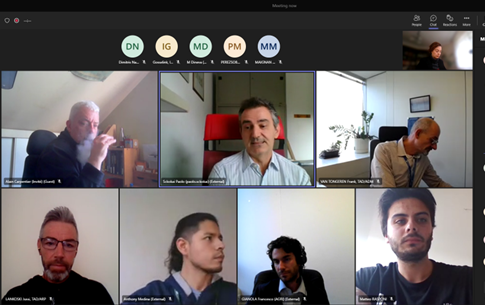
Posed questions: Why does the Europan Commission (EC) keeps favoring subsidy schemes such as AEC schemes despite their failures (and implementation costs)? A possible answer could be that the EC always has two objectives: incentivizing changes and maintaining farmers’ income levels. Subsidy schemes seem to be able to kill these two birds with one stone (whereas using two instruments is warranted). The OECD representative made an interesting study investigating the efficiency and acceptance of management or practice-based schemes(e.g., AEC or Eco- schemes) versus result-based subsidy schemes. Result-based schemes are shown to be the most efficient and favoured by farmers. It was pointed out that the use of the tax revenue is crucial and needs to be considered. Returning the tax revenue to farmers (in the case of taxes on agrochemicals) seems warranted for neutralising as much as possible the (negative) effects of the tax on farm incomes. Yet, not to destroy the incentive effect of the tax is also crucial.
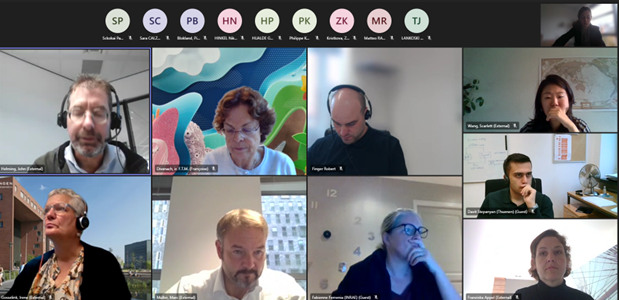
During DAY 2, discussion of GHG emission reduction, the breakout group C (policy design), started by introducing the participants and voting on the following question: would you choose a tax or voluntary measures to achieve GHG emission reduction in agriculture? While some participants clearly expressed their preference for tax measures due to their effectiveness, others favored combined solutions. First, these can bring synergic effects and second they can target multiple objectives. The strengths and weaknesses of the emission tax were debated and who would be responsible for implementing such a tax? Can this be done in the framework of CAP? Also, it was pointed out that if implemented as part of CAP – direct payments would be lost when no compliance. In the case of taxation, direct payments are untouched, but farmers are charged for their emission. It was commented that introducing constraints on how you get a subsidy would also constraint farmers to adopt mitigation measures. In general support the global policies. The key issues is how to communicate the schemes to the farmer community.

